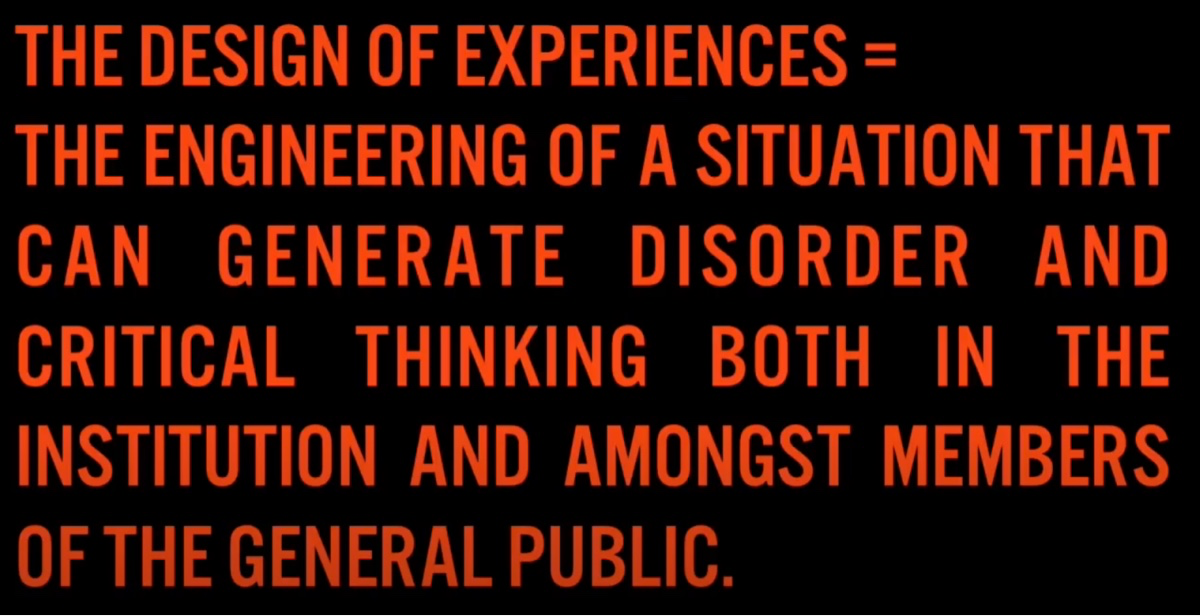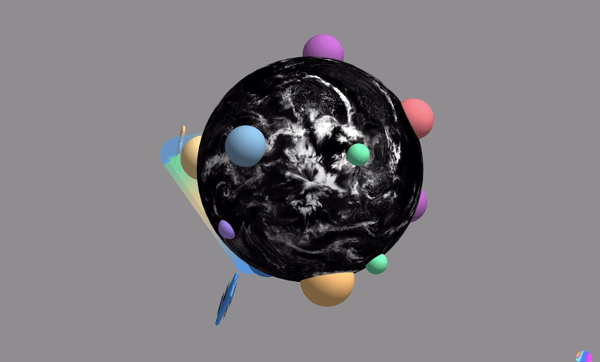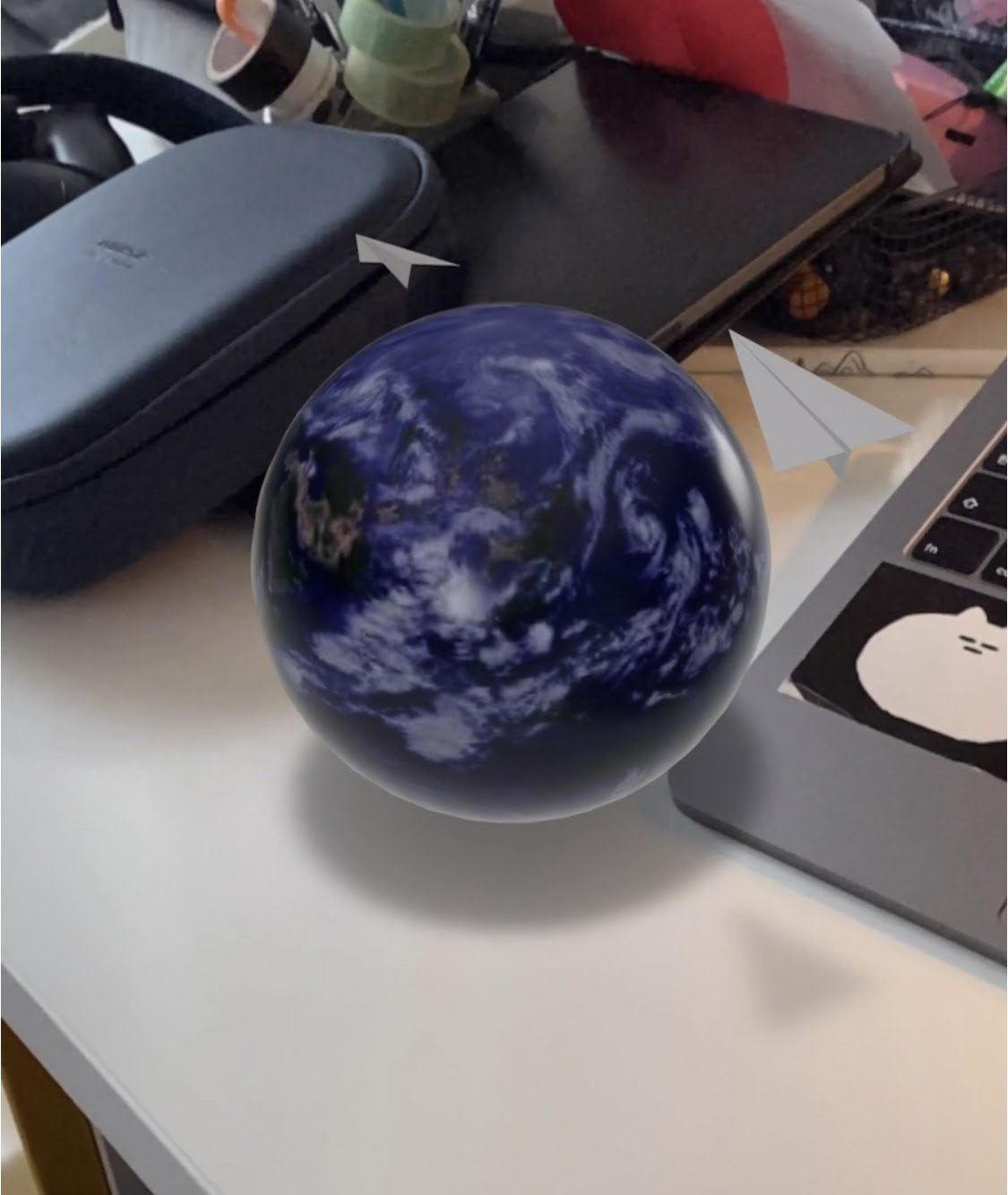26th February - 4th March
Partner Company: Applied works
Brief: Design a way for people to experience The Hoffman Centre collections
Group: Maria Shuttleworth, Tatiana Bohsali, Qendresa Selimi, Kate Chernysheva
Partner Company: Applied works
Brief: Design a way for people to experience The Hoffman Centre collections
Group: Maria Shuttleworth, Tatiana Bohsali, Qendresa Selimi, Kate Chernysheva
AIM
Due to information and idea overload, this week we began to struggle a little. We felt very lost as to what we wanted to achieve and how to get there. Hence, we decided to formulate a specific aim to keep in mind when we’re getting lost. We immediately started brainstorming and Maria shared her ideas with us about her concept of an opinion game.

Opinion game sketch. Illustrated by Maria.
Furthermore, she shared some of her thoughts about exploring chaos as a method of engagement for our idea. Following this, we had a discussion and managed to achieve and aim we wanted to follow. Personally, it really helped me to navigate through the project, having a clear goal in my mind to refer back to when in doubt.
AIM:
To challenge the passive intake of information through the generation of disorder to create an opportunity for people to think
critically about the future

An image from which we took inspiration to formulate our aim found by Maria. Taken from an online source.
When talking about chaos, I shared my idea of lots of paper planes flying around as an association to chaos and everyone immediately picked up this idea and thought it could become a metaphor connecting the digital and physical world.
CRAZY EIGHT
To push this concept of chaos we decided to use the Crazy Eight method. Having used it before, I think it’s a great method for generating ideas quickly without being held back by constraints which consequently leads to feasible and creative designs when combined and shared with a group.





Crazy Eight ideas. Made by Maria (first three), Tatiana and Kate (from left to right respectively).
Prototyping
Taking inspiration from the storyboards developed earlier by Maria and Tatiana, we decided it’s time to prototype. Maria began developing a 3D model of a globe on Spline, Qendresa experimented with AR on Vectary and I decided to develop a prototype of a website on Figma.

Interactive globe prototype developed by Maria in Spline.
https://my.spline.design/untitled-dbbd5f3a438d6823b8b9279e4933678d/


Globe prototype developed in Vectary by Qendresa.


A low-fi prototype developed on Figma. Created by Kate.
SPEED DATING & INTERVIEW
Taking our prototypes and storyboards we conducted some speed dating with the target audience which was very helpful, even though opinions were contrasting at times.



Notes taken from the responses of the target audience about our ideas. Developed collaboratively on Miro.
After receiving some feedback we revised our storyboards and developed more coherent scenarios of an AR and a website for our next round of speed dating which we conducted with Skye Fass.



Storyboards for the website and AR developed collaboratively and drawn by Maria. Physical AR prototype made by Tatiana.
Skye's feedback was very positive. She was very constructive and pointed out some things we should develop further as well as features that worked very well in her opinion. She liked the AR the most and invited us to consider the scenario where one would want to skip the animations and dive straight into the information. Nevertheless, she was very encouraging and excited to see the final result. I believe this interview was crucial for our progress and I felt very happy that what we were working on was welcomed so positively by someone who represents our target audience.
PRESENTATION & FEEDBACK
This Thursday was the mid-point presentation, with Tom and Callum from Applied works attending to see our progress. Overall, we received very positive feedback and everyone loved the AR experience we developed. To move forward, everyone suggested the we should consider what happens after the animations. In particular, what happens in the end and where the interactions lead.
BIBLIOGRAPHY
Dunne, A., Raby, F. (2013). Speculative everything: design, fiction, and social dreaming. MIT press.
Martin, B. and Hanington, B., 2012. Universal methods of design. Beverly, Massachusetts: Rockport Publishers.
Image:
Talks at Google, 2015. Designing the Impossible | Nelly Ben Hayoun | Talks at Google. [video] Available at: <https://www.youtube.com/watch?v=tB6YxJgi-TI> [Accessed 27 February 2021].